The process of growing asparagus beans and features of plant care
Summer residents in their small areas prefer to grow beautiful, tasty and at the same time non-capricious plants. For example, asparagus beans are unpretentious in cultivation and care and can boast not only a long fruiting period, but also a high yield. In addition, the vegetable is considered a useful dietary product: it contains a large amount of vitamins (A, C, E, group B) and trace elements (iron, magnesium, zinc, calcium).
How to choose a variety
Asparagus beans are an annual plant in the legume family. Due to its unpretentiousness, even an inexperienced gardener will cope with planting and leaving. The main thing is to choose the right variety. For example, beautifully flowered curly green beans will not only produce a delicious harvest, but also create an attractive look in the garden.
Some bush varieties with small fruits are unsuitable for food, but they are able to enrich the earth with nitrogen. That is why they are often planted next to other crops.
In a temperate climate on fertile non-acidic soil, early and mid-season varieties will perfectly take root. Let's consider the most popular ones.
| Variety | Features: |
|---|---|
| Sachs (bush plant) | Height - up to 40 cm, curved pods, up to 12 cm. Tubular shape. The fruits are pale green. No fiber. Early maturing variety. A lot of sugar in the composition. |
| Winner (curly) | Red fruits, pods - up to 30 cm, whips of bushes - up to 4 meters. Cannot be eaten raw, can be used as a decorative hedge. The variety is not resistant to frost. |
| Panther (bush) | Mid-season variety. Yellow pods, white seeds. No fiber. Can be eaten raw. The variety is disease resistant. |
| Harmony (curly, liana-shaped) | White beans, golden pods, liana length - about 4 meters. Sugar taste, can be eaten both beans and asparagus. Fruiting until the first frost. |
| Purple queen Purple queen (bush) | The variety is mid-season, the height of the bushes is up to 60 cm, the pods are up to 15 cm. Resistant to frost and disease. Purple fruits. |
| Oil king (bush variety) | Early maturing variety. Fiberless pods, yellow fruits, up to 25 cm long, tubular. Tasty when canned. |
Experienced gardeners prefer to plant Harmony and Saksa. It is these varieties that have a high-vitamin composition and a delicious taste.
Despite the fact that legumes are unpretentious in care, some rules should still be followed when planting.
Growing methods
It is enough for the plant to prepare a warm, lighted area, fertilized and protected from the wind. Growing in a greenhouse is allowed - this reduces the risk of beans freezing from sudden temperature changes and unexpected precipitation.
Planting asparagus beans can be done in several ways.
- Gnezdovoy. Suitable for curly beans. The stakes must be driven into the ground so that a pyramid is formed - about 1 meter at the base. No more than 12 beans should be planted at the same distance from each other in the resulting garden bed.
- On a rope trellis. Suitable for liana beans. The stakes are driven in with triangles so that after pulling on the ropes, a kind of greenhouse roof is obtained. Thus, the stems can grow up, it will be enough to periodically guide them, attaching them to the ropes.
- Along vertical structures, like a wall or a fence. The scheme is practically the same as in the previous method.
It is recommended to plant asparagus beans in open ground closer to summer, when frosts and rains are not expected. The soil temperature during this period should be about 10 degrees.Seeds should be laid to a depth of 5 cm.
The first shoots appear within a week. It is important to weed immediately so that the stems do not interfere with each other's proper growth. The interval between plants is best done about 15-20 cm.
Correct care
Legumes are drought-tolerant, but this does not mean that they should not be intentionally watered. Like any other plant, beans bloom, develop and produce tasty fruits only with regular watering. It is allowed to use both ordinary clean water and special nutrient solutions. Damp soil must be loosened regularly and ensured that a so-called soil crust does not form.
Advice
To avoid burning the leaves and stems, watering should be done under the roots early in the morning or in the evening.
Many varieties of beans are resistant to diseases, but it is still better not to give up preventive work. In the period when the first buds have not yet appeared, it is important to apply mineral fertilizers as top dressing and pesticides for pest control.
Some beetles can be manually removed. However, if the plant was attacked by diseases such as rust and powdery mildew, then they can only be dealt with by spraying with fungicides.
On a note
Rust is characterized by the appearance of reddish brown spots on the leaves, similar to rust. Powdery mildew is a fungal disease that manifests itself as a white bloom.
To reduce the likelihood of infection, the planting site should be changed annually. The beans can be returned to the old plot only after 3-4 years. It is better to prepare the soil in the fall, so that the applied fertilizers have time to activate biochemical processes. Organic fertilizers are considered the most useful. They need to be brought in at 5 kg per 1 sq. It is also worth noting superphosphate (35 grams per 1 sq. m) and potassium chloride (20 grams per 1 sq. m).
Growing at home
You can grow not only green onions in an apartment, but also asparagus beans. It is enough to set up a conventional bed in a lighted place, for example, on a balcony or a windowsill, and prepare seeds and fertilizers.
Any deep container is suitable as a bed: a glass, a pot, a box. It is better to use manure and peat, then with regular watering, you can expect up to 90 pods per week in total. Experienced gardeners additionally cover the topsoil with wood ash. At home, this technique can also be used, because ash is a source of magnesium, phosphorus and potassium.
Harvesting
About 40 days after planting, you can see the bean flowering. At this stage, it is worth feeding the plant with potash and phosphorus fertilizers. If the leaves and stems are intact and develop correctly, this means that in exactly one month you can prepare for harvesting.
Fruits should be harvested that have reached milk ripeness, that is, before the grains harden, without coarse fibers. It can be eaten both raw and canned, boiled and fried. Experienced summer residents manage to freeze beans, because they are not stored for long in fresh, unprocessed form.
Growing asparagus beans in the country or in an apartment is not only healthy and tasty, but also beautiful. The main thing is to comply with elementary agrotechnical requirements, then no diseases and insects are scary!
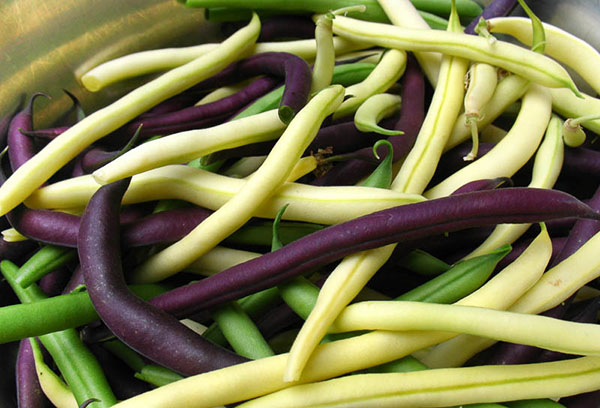
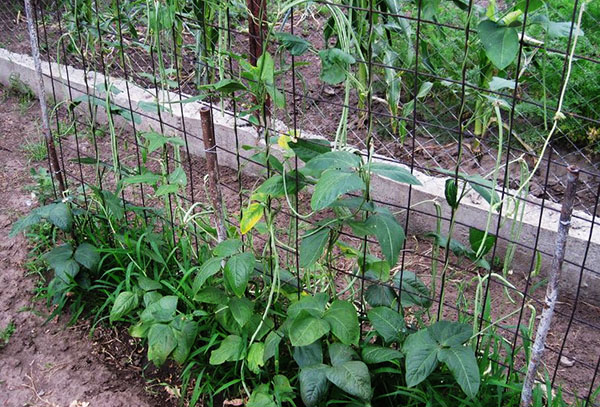
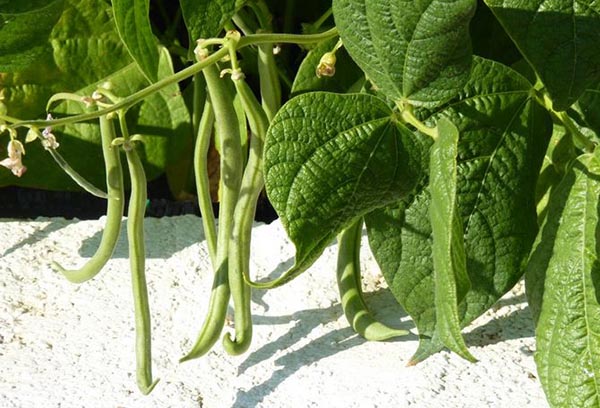

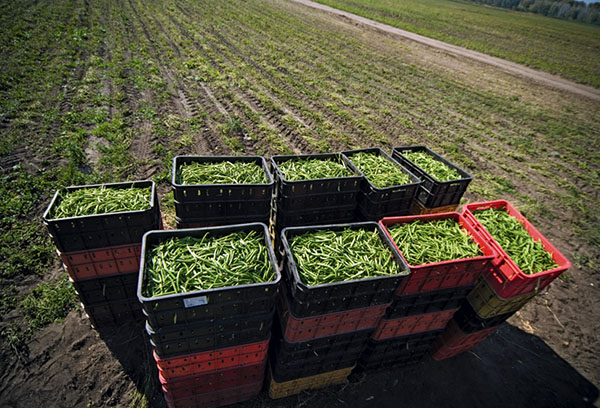
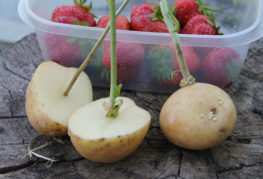
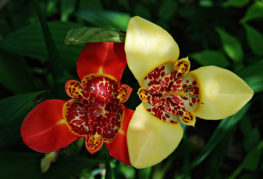
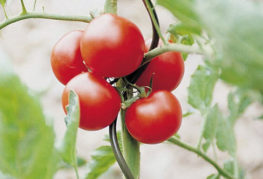

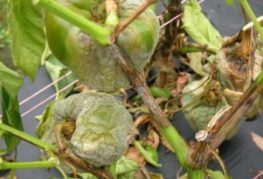
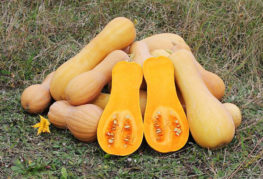
and will be published shortly.